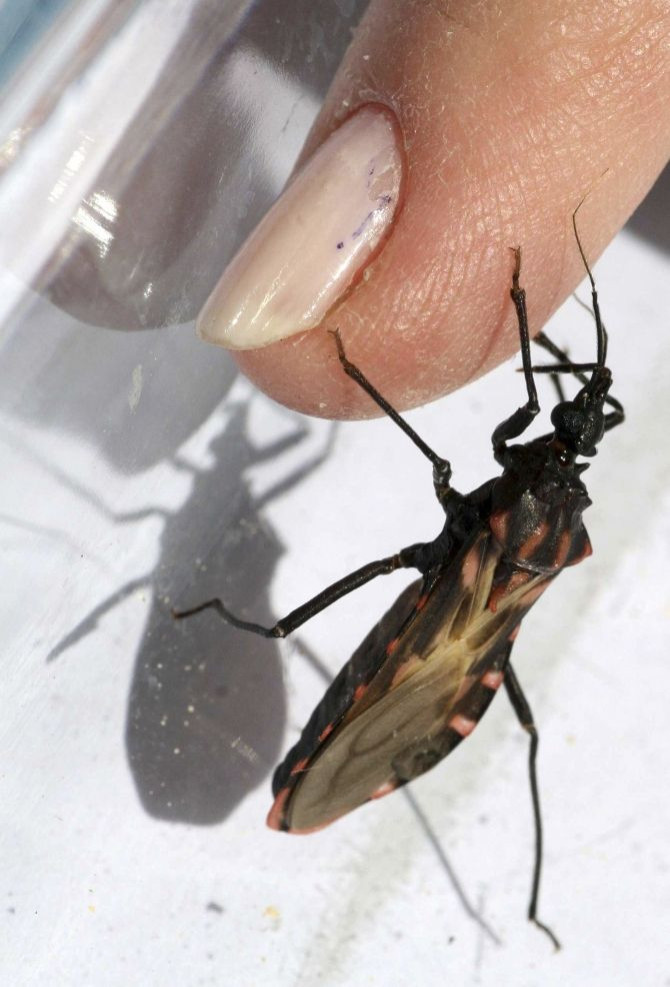300,000 People in the US Infected with Chagas

A Centers for Disease Control and Prevention (CDC) report issued today estimated that as many as 300,000 people in the United States have Chagas disease. They also announced the first documented case in the United States of congenital Chagas disease passed on from a mother to her newborn, which took place in Virginia.
The majority of people in the United States with Chagas disease are immigrants from Latin America, where the disease is common. Approximately 8 to 11 million people in the world have the disease. Despite the somewhat particular ethnic make-up of the sufferers, the insects which cause the disease are common across the lower southern, eastern, and western United States.
Called the AIDS of the Americas, Chagas often has few, mild symptoms or no symptoms whatsoever in patients. When left untreated, the disease can last the lifetime of the infected, though the disease can indeed be treated and cured. For chronic Chagas patients, the effects can become devastating, leading to a condition called Chagas cardiopathy. Complications from that can include an enlarged heart, heart failure, severely altered heart rhythm and heart attack. Patients with chronic Chagas disease can also suffer complications like an enlarged esophagus or an enlarged colon.
Chagas disease is passed predominantly through triatomine insects, called the kissing bug because they have a tendency to bite people around the face. However, the illness can also be transmitted by eating undercooked food contaminated with Chagas, from mother to child, and through organ transplants. In 2006, the American Red Cross began screening blood donations for Chagas.
No drug manufacturer has been FDA-approved to treat Chagas in the United States, because as of yet, there had been so few people with the disease. Two antiparasitic drugs are available for free from the CDC, however.
Though the number of cases seems large, officials say that we do not yet need to be worried. Dr. Marc Siegel, an infectious diseases expert, says that CDC and other agencies are keeping an eye on it.
The report was published in the latest issue of the Morbidity and Mortality Weekly Report.



























